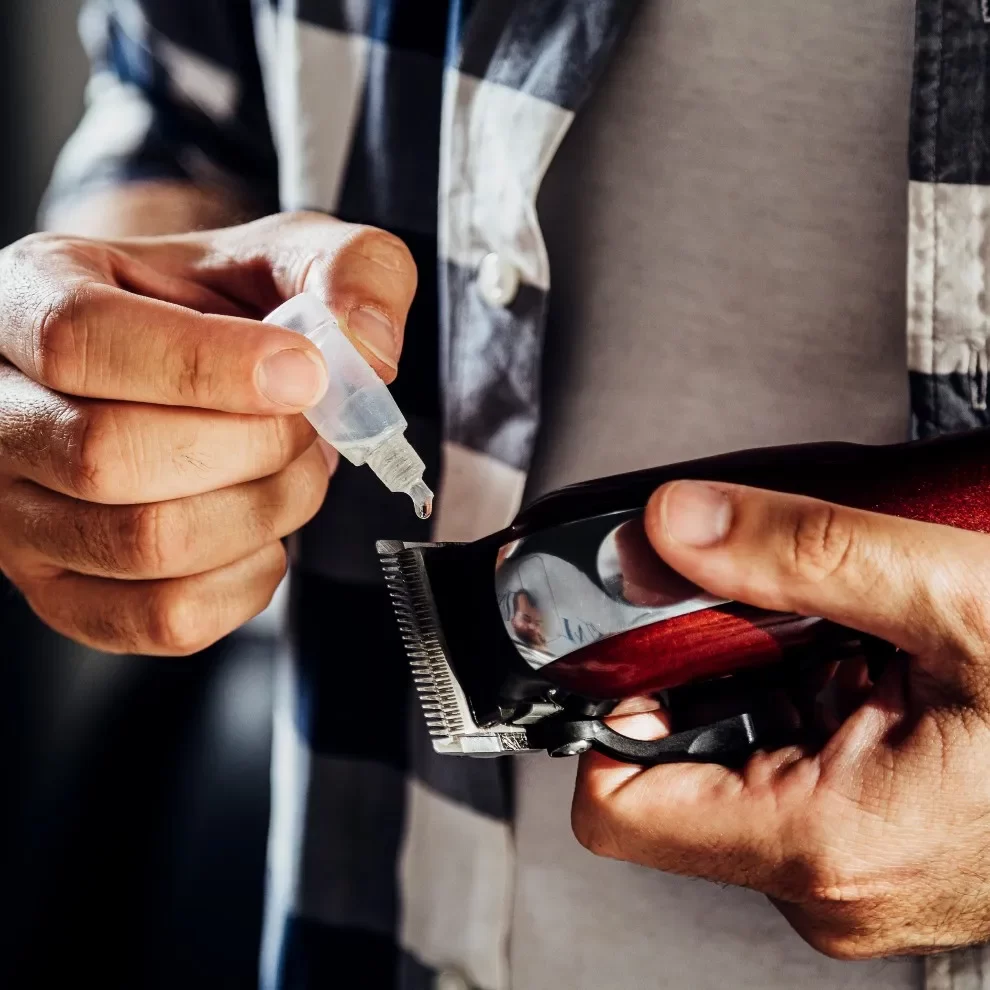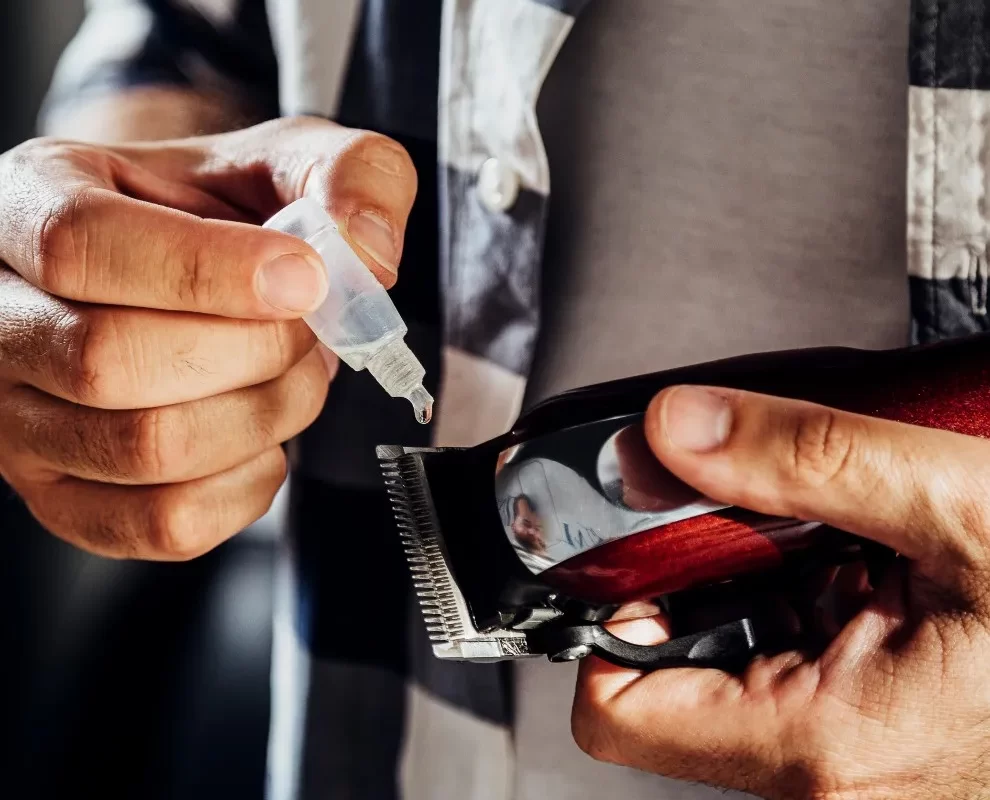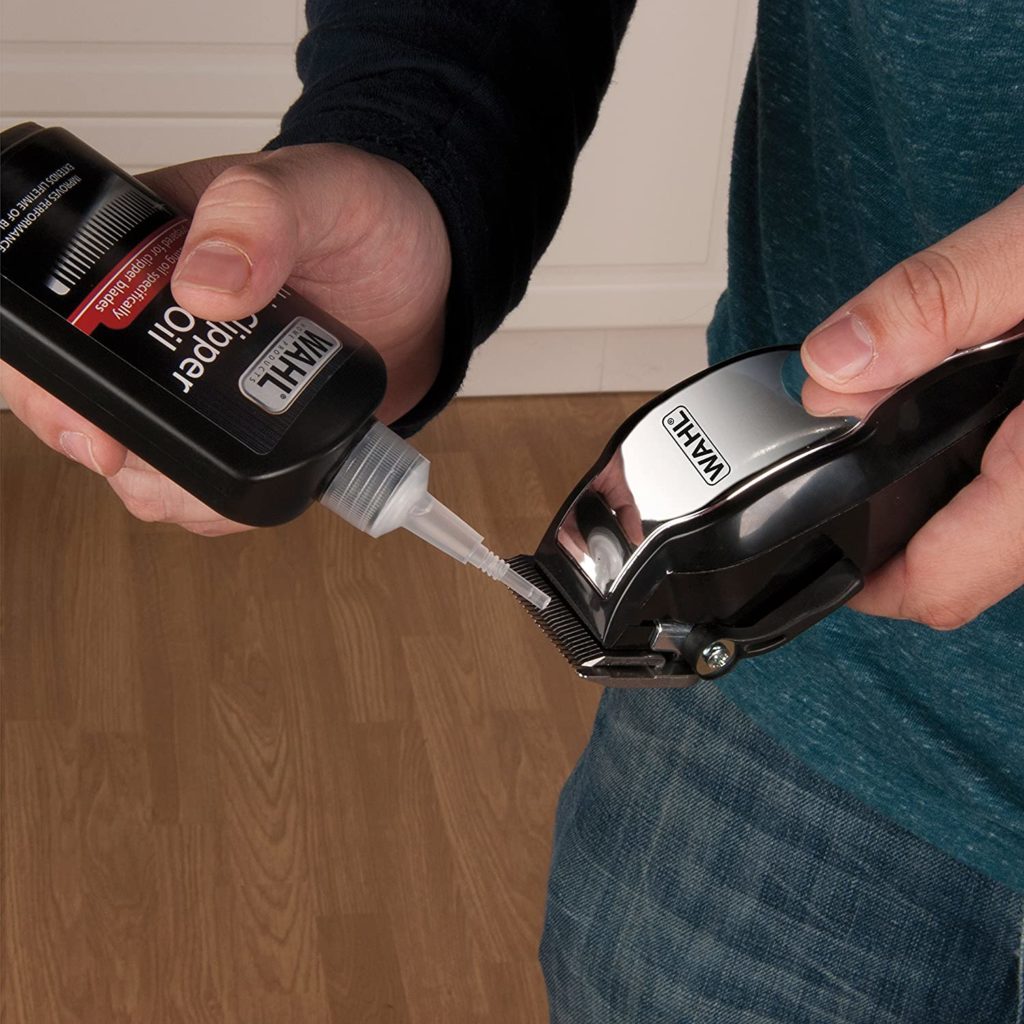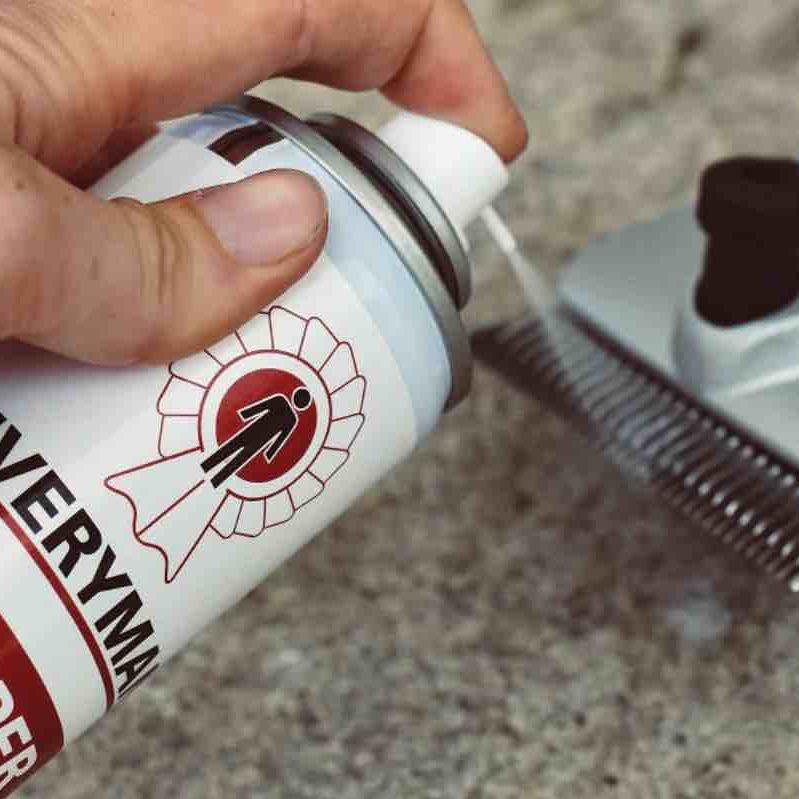Maintaining your hair clippers is crucial for their longevity and optimal performance. Among the several maintenance practices, oiling is one of the most significant aspects. Not only does oiling ensure the blades function smoothly, but it also helps prevent rust and deterioration over time. In this comprehensive article, we will delve deeply into where to oil hair clippers, the importance of oiling, types of oil to use, step-by-step procedures for oiling, and tips for effective maintenance.
Understanding Hair Clippers
Hair clippers are indispensable tools in both professional barber shops and home grooming kits. They come equipped with fast-moving blades designed to cut hair efficiently. The blades operate through a combination of friction and speed, which can cause wear over time if not properly maintained. Regular oiling is a simple yet effective way to enhance the performance and lifespan of these devices.
Importance of Oiling Hair Clippers
Maintaining your hair clippers through oiling serves several key purposes:
1. Enhances Efficiency
Oiling the blades minimizes friction. Less friction means the blades can cut through hair more effortlessly, making your hair-cutting experience smoother and quicker.
2. Prevents Rust
Many clippers have metal blades that can rust when exposed to moisture or humidity. Oiling helps create a protective barrier against elements that can cause rust.
3. Extends Lifespan
Proper maintenance, including regular oiling, can significantly extend the life of both the blades and the clippers themselves. This can save you money in the long run by reducing the need for replacements.
4. Reduces Heat
Hair clippers can generate heat during use. Oiling helps dissipate this heat, preventing overheating, which in turn helps protect the motor and electrical components.
5. Maintains Consistency
Consistent oiling keeps the blades in optimal condition, ensuring a uniform cutting length. This is crucial for professional stylists who aim for precision cutting.
Types of Oil to Use
Knowing where to oil hair clippers is equally crucial as understanding what type of oil to use. Not all oils are created equal, and using the wrong type can lead to clogs or damage. Here are the most popular options:
1. Clipper Oil
Specially formulated clipper oil is specifically designed for hair clippers. It is highly recommended and widely available. This oil is lightweight and doesn’t leave a sticky residue.
2. Vegetable Oil
While it’s not the best option, vegetable oil can be used in a pinch. However, it may gum up over time and should not be a long-term solution.
3. Mineral Oil
Mineral oil is another alternative that can be used. It’s a heavier oil, so it may not be the best choice for clipper maintenance but can work in emergencies.
4. Other Hair Clipper-Specific Products
Some manufacturers make their own oil products. Always check the user manual for recommendations specific to your brand, as these oils may have properties that can enhance your clipper’s performance.
Step-by-Step Guide to Oiling Your Hair Clippers
Knowing where to oil hair clippers is vital, but the method by which you apply the oil is equally important. Here’s a step-by-step guide to help you effectively oil your clippers.
Step 1: Gather Your Supplies
Before you start, make sure you’ve got everything you need:
- Clipper oil (preferably clipper-specific)
- Cleaning brush (usually included with clippers)
- A cloth or towel to catch excess oil
- Maintenance manual (optional but helpful)
Step 2: Ensure the Clipper is Off
Safety first! Make sure that your clippers are turned off and unplugged from any power source. This prevents accidents while you are cleaning and oiling.
Step 3: Clean the Blades
Use a cleaning brush to remove any hair clippings or debris from the blades. Dust and hair can accumulate over time, impacting the performance of the clippers.
Step 4: Apply the Oil
Now it’s time to oil.
4.1 Position the Clipper
Hold the clippers upside down or at an angle to ensure that oil runs downward. This way, it will seep into the blades and not simply sit on top.
4.2 Apply the Oil in Drops
Apply a few drops of oil (typically 2 to 3 drops) along the top edge of the blades. Be careful not to over-oil, as too much oil can lead to residue buildup.
4.3 Turn the Clippers On
Turn the clippers on for a few seconds. This helps the oil spread evenly across the blades and allows it to attract any remaining debris.
Step 5: Wipe Off Excess Oil
After running the clippers, use a clean cloth to wipe off any excess oil. While a little excess is generally okay, too much could collect dust and hair.
Step 6: Regular Maintenance
It’s a good idea to oil your clippers every 3-5 haircuts or at least once a month if they are used regularly. Periodic checks for a buildup of hair or gunk are also advisable.
Troubleshooting Common Issues
Even with regular maintenance, you may encounter some issues with your clippers. Here are some common problems and potential solutions.
1. Blades Not Cutting Properly
If you find that your clippers aren’t cutting as they should, it might be time for a deeper clean or possibly a blade replacement. Make sure they’re properly oiled as well.
2. Overheating
If your clippers seem to overheat quickly, ensure that they are not clogged with hair. Regular oiling can also help in mitigating heat buildup.
3. Noisy Operation
If you notice that the clippers become unusually noisy, it can be a sign that they need oiling or that a part has worn out. Check the blades for nicks and burrs, and address accordingly.
4. Rust Formation
If rust appears, stop using the clippers immediately. A light application of penetrating oil or vinegar can sometimes remove it, but replacements may be necessary for badly corroded blades.
5. Blade Alignment Issues
Misaligned blades can cause uneven cuts and can be rectified by adjusting the screws according to your clipper’s specifications.
 Tips for Maintaining Your Hair Clippers
Tips for Maintaining Your Hair Clippers
Proper maintenance goes beyond just oiling. Here are several tips for keeping your hair clippers in optimal working condition.
1. Regular Cleaning
Always clean your clippers after each use. This involves removing hair, cleaning with a brush, and occasionally using a mild soap solution for a deeper clean.
2. Blade Replacement
Understand when it’s time to replace the blades. If you notice nicks, excessive wear, or poor performance even after oiling, a replacement may be necessary.
3. Storage
Store your hair clippers in a cool, dry environment. A storage case can prevent accidental damage and keep the blades protected.
4. Avoid Moisture
Try to keep clippers away from moisture as much as possible. Humidity can lead to rust even if you regularly oil the blades.
5. Professional Maintenance
Consider scheduling professional servicing annually, especially for high-end clippers. Experts can take care of any mechanical issues that may not be apparent to the average user.
Conclusion: Where to Oil Hair Clippers
Understanding where to oil hair clippers and how to maintain them is invaluable for anyone who uses these tools regularly. Not only does effective oiling extend the life of your clippers, but it also enhances their performance. Regular cleaning, proper storage, and timely blade replacement will ensure that your clippers remain in peak condition. Whether you are a professional stylist or simply someone who enjoys grooming at home, implementing these practices will make a noticeable difference in your hair cutting experience. Start incorporating these maintenance routines, and your clippers will thank you for it!



